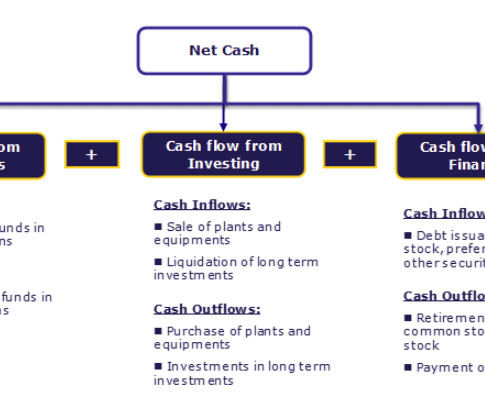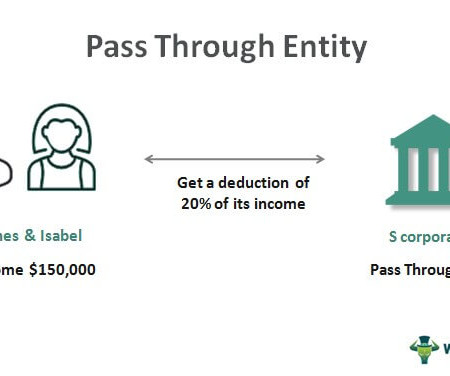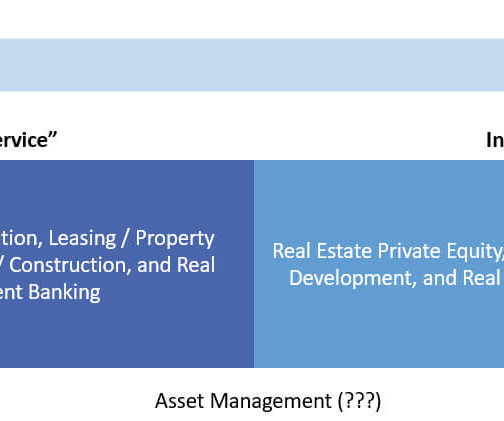Project Finance vs. Corporate Finance: Careers, Recruiting, Financial Modeling, and More
Mergers and Inquisitions
MAY 29, 2024
Project Finance Definition: “Project Finance” refers to acquisitions, debt/equity financings, and new developments of capital-intensive infrastructure assets that provide essential utilities and services. However, many people also use the term more broadly to refer to equity, debt, and advisory for infrastructure assets.















































Let's personalize your content